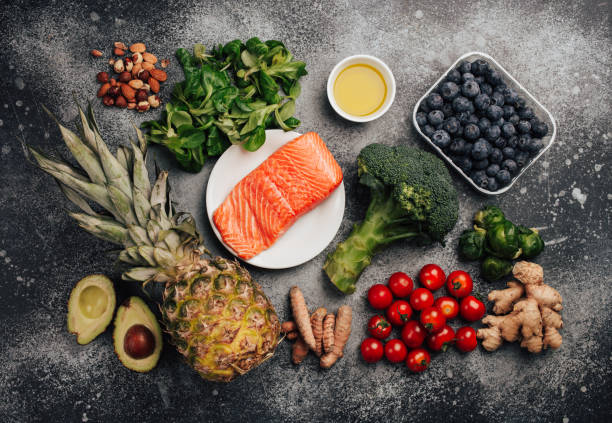As Thanksgiving approaches, home cooks across the country prepare to dazzle their loved ones with sumptuous feasts. Whether you’re a seasoned chef or a novice in the kitchen, understanding essential cooking terms can make all the difference in creating a mouthwatering Thanksgiving meal. From brining and basting to deglazing and dredging, mastering these culinary techniques will ensure your dishes are as tempting as they are memorable.
Brining: Brining involves soaking meat, typically poultry like turkey, in a solution of salt, sugar, and water before cooking. This process adds flavor and moisture to the meat, resulting in a juicier and more flavorful final product. Brining also helps tenderize the meat, making it more succulent and delicious. For Thanksgiving, bringing your turkey overnight can take your holiday centerpiece to the next level, ensuring a moist and flavorful bird that will leave your guests craving seconds.
Basting: Basting is the process of spooning pan drippings, broth, or melted butter over meat as it cooks. This technique helps keep the meat moist and adds additional flavor by infusing it with the rich flavors of the basting liquid. When preparing your Thanksgiving turkey, basting every 30 minutes can result in a beautifully golden and juicy bird that will impress even the most discerning of guests.
Deglazing: Deglazing involves adding liquid, such as wine, broth, or vinegar, to a hot pan to loosen and dissolve the flavorful browned bits of food that have stuck to the bottom. These browned bits, known as fond, are packed with savory flavor and can elevate the taste of your dish. After deglazing, the resulting liquid can be reduced and used to create a delicious pan sauce or gravy to accompany your Thanksgiving meal, adding depth and complexity to every bite.
Dredging: Dredging is the process of coating food, such as turkey cutlets or vegetables, in flour, breadcrumbs, or cornmeal before cooking. This technique creates a crispy outer layer when the food is fried or roasted, adding texture and flavor to your dish. Whether you’re preparing turkey cutlets for a Thanksgiving feast or frying up some green bean casserole, dredging is a simple yet effective way to take your dishes to the next level and impress your guests with irresistible crunchiness.
Roasting: Roasting is a dry-heat cooking method that involves cooking food, such as turkey, vegetables, or potatoes, in an oven at a high temperature. This technique creates a beautifully browned exterior while locking in moisture, resulting in tender and flavorful dishes. When roasting your Thanksgiving turkey, be sure to preheat your oven to the appropriate temperature and use a roasting rack to ensure even cooking and crisp skin. With proper roasting techniques, you can create a show-stopping centerpiece for your holiday table that will leave your guests in awe.
Resting: Resting is the final step in cooking meat, allowing it to sit at room temperature for a few minutes before carving and serving. This allows the juices to redistribute evenly throughout the meat, resulting in a more tender and juicy final product. When preparing your Thanksgiving turkey, be sure to let it rest for at least 20-30 minutes before carving to ensure a moist and flavorful bird that will delight your guests with every bite.
Sautéing: Sautéing is a quick-cooking method that involves cooking food, such as vegetables or meat, in a small amount of oil or butter over medium-high heat. This technique creates a beautifully caramelized exterior while preserving the natural flavors and textures of the ingredients. Whether you’re sautéing onions and garlic for stuffing or cooking mushrooms for gravy, mastering the art of sautéing is essential for creating delicious and flavorful dishes that will elevate your Thanksgiving meal to new heights.
Simmering: Simmering is a gentle cooking technique that involves cooking food in liquid at a low temperature, just below the boiling point. This allows the flavors of the ingredients to meld together while ensuring that the food cooks evenly and retains its moisture. Whether you’re simmering cranberry sauce on the stovetop or cooking soup for a Thanksgiving starter, mastering the art of simmering is key to creating rich and flavorful dishes that will impress your guests and leave them coming back for more.
As you prepare to celebrate Thanksgiving with your loved ones, mastering these essential cooking terms will empower you to create a feast that is as delicious as it is memorable. From brining and basting to roasting and resting, understanding these culinary techniques will elevate your dishes to new heights and ensure that your Thanksgiving meal is a resounding success. So, don your apron, sharpen your knives, and get ready to impress your guests with a tempting Thanksgiving feast that they won’t soon forget. Happy cooking!

